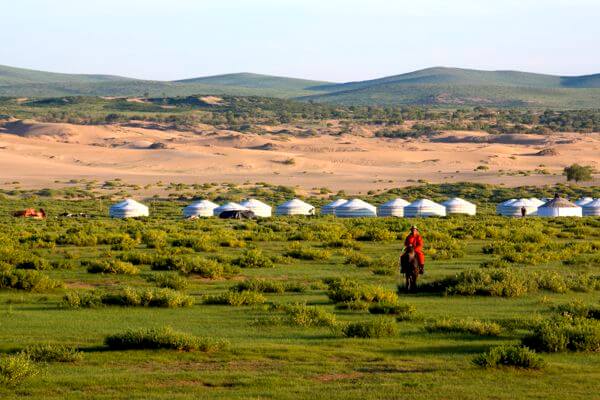
Today we will be driving to Karakorum (also called Kharkhorin).
Karakorum was the capital of Genghis Khan’s Mongolian Empire in the thirteenth century. In 1220, Genghis Khan ordered the building of Karakorum on the ruins of Turug and Uigur cities in the Orkhon valley at the eastern end of the Khangai Mountains. During the reign of Ugedei Khan, it was completed 15 years later. The town was very multicultural and culturally accepting.
The silver tree, which was once part of Möngke Khan’s palace, has become Karakorum’s emblem. From 1220 to 1260, it was at its most prosperous. Karakorum existed as the great capital of the Euro-Asian Empire, with Mongolia at its heart, and as the epicenter of politics, trade, culture, faith, intellect, and diplomacy, as well as the most visible link in international relations.
Between 1260 and 1380, Karakorum lost its status as the capital of the Great Mongolian Empire and became Mongolia’s capital. When Kublai Khan and his younger brother, Ariq Boke, assumed the throne of the Mongol Empire in 1260, they moved their capital to what is now Beijing. Karakorum was reduced to the administrative center of a Yuan Dynasty provincial backwater.
After 110 years after Kublai Khan transferred the Empire capital to China in 1260, the Mongolian Yuan Dynasty fell in 1368, and the center of Mongolian government was shifted to its homeland. It allowed Karakorum to regain its former glory.
The town was captured and destroyed by Ming troops under General Xu Da in 1388. Nothing remains of this legendary city today.
When Abtai Sain Khan and his brother, Lord Tumenkhen, went to the 3rd Dalai Lama in 1580 to express their desire to create a temple in Mongolia, he advised them to restore an old temple in Karakorum. The Main Zuu temple of Erdene Zuu monastery is a temple in Takhai ruins that was restored in 1588 at the Dalai Lama’s suggestion.
Erdene Zuu Monastery is now all that is left of what was once a massive monastery with 100 temples and over 1.000 lamas. You’ll walk around the grounds of Erdene Zuu Monastery, which is encircled by huge 400 m X 400 m walls. You will be guided around the 3 remaining temples: The Dalai Lama, Zuu of Buddha and Lavrin Temple.
The Karakorum Archaeological Museum will be another stop on your itinerary. It’s a tiny museum, but it’s housed in a new, well-run structure with good lighting and simple English labels on display cases. The displays contain hundreds of artefacts from the 13th and 14th centuries that were discovered in the immediate region, as well as those from other provinces’ archaeological sites, including prehistoric stone tools. Pottery, bronzes, coins, religious sculptures, and stone inscriptions are among the objects on display. A half-excavated kiln is also sunk into the museum floor. The scale model of ancient Karakorum, which attempts to reflect the city as it would have existed in the 1250s and is based on descriptions written by the French missionary William of Rubruck, is perhaps the most intriguing. A Turkic noble tomb with wall paintings and artefacts, including gold objects and jewels, is on display in another chamber. A short video of the actual burial site is available.
You can also visit the Turtle Rock and the Phallic Rock, as well as a small market that showcases local artists’ work.
(Ger camp L, D)
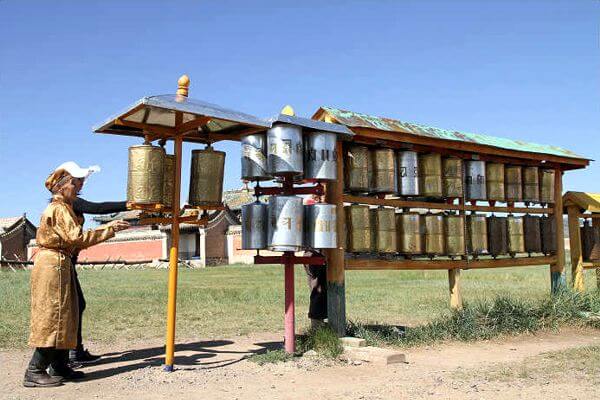
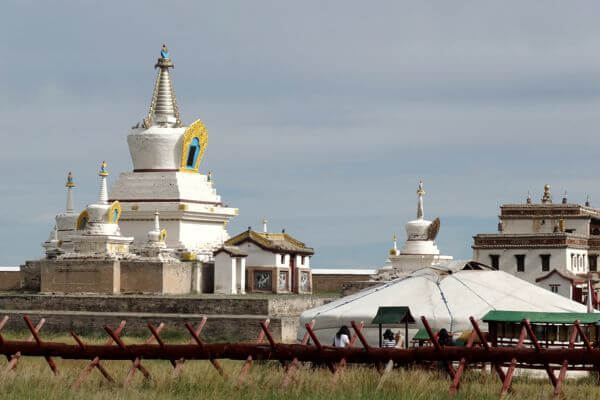
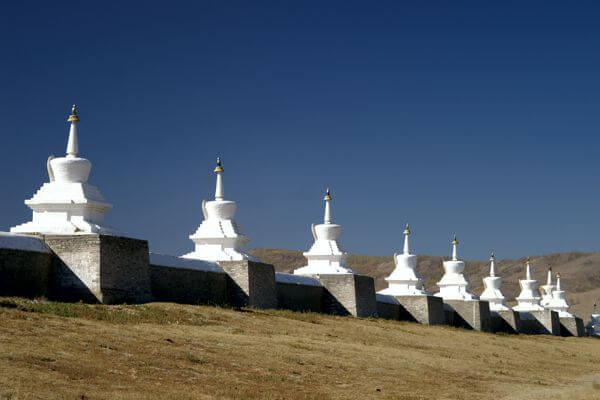

After breakfast at the ger camp, we’ll head west into the Orkhon Valley, where the Orkhon River flows.The foothills of the Khangai mountain range cover the Orkhon valley.
Our lunch will be served at our host family’s home, which is close to the Orkhon Waterfalls, which cascade down a basalt canyon to a depth of 20 meters. We’ll have plenty of time after lunch to explore the waterfall, its gorge, and the surrounding area.
(Family stay B, L, D)
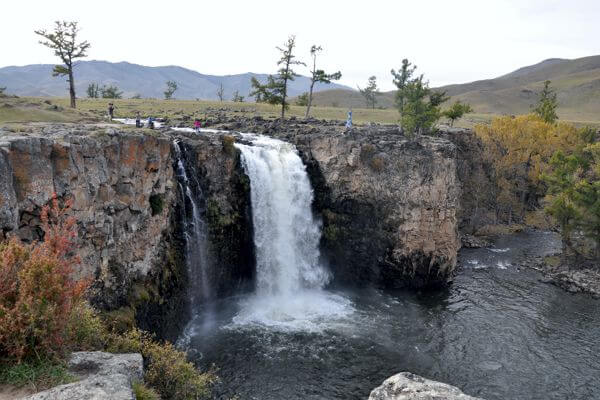



The Khangai Mountains are located 400 kilometers west of Ulaanbaatar in central Mongolia. The Otgon Tenger Uul is the highest mountain in the region, with a summit elevation of 4.020 meters above sea level.
We’ll begin our eleven-day trek through Khangai Mountain today. We’ll park our cars here and load our belongings and food onto pack horses. We’ll leave civilization and our comfort zones behind for eleven days and embark on a real once-in-a-lifetime adventure. The journey of a thousand miles begins with a single step.
We’ll leave the Orkhon Waterfalls and hike upstream along the Bituu River until we reach a pass that leads to the valley of the Eight Lakes. It’s surrounded by extinct volcanoes and high mountain peaks. The valley, as its name suggests, is home to a slew of small lakes linked by rivers.
Khuis Lake is the first lake we’ll come across. Our trekking route becomes more exciting as it becomes a mix of everything, including cliffs, forests, bushes, and. We’ll carry on our journey to Shireet Lake. Our path to Shireet Lake passes through a number of smaller lakes.
The valley of the Eight Lakes is one of the Khangai Mountain range’s most scenic, untouched, and picturesque places. May you find peace in your heart and healing in your soul, for Nature is the purest portal to the inner-piece. After we’ll hike through a pass from which we’ll have spectacular views of volcanic craters and small lakes. We’ll enjoy the never-ending sound of stream and birdsong as we walk along the river.
We will trek through the pass to meet the Khug River from the Suv River’s source. We can climb Erkhet Khairhan Mountain from here. The mountain, which reaches a height of 3535 meters, is Khangai’s second highest peak. We’ll make our way down the mountain toward the Tamch River.
The route will lead us downhill to the Uliastai River. We’ll slowly make our way back to where we began after ten days on the trail.
(Tented camp B, L, D)
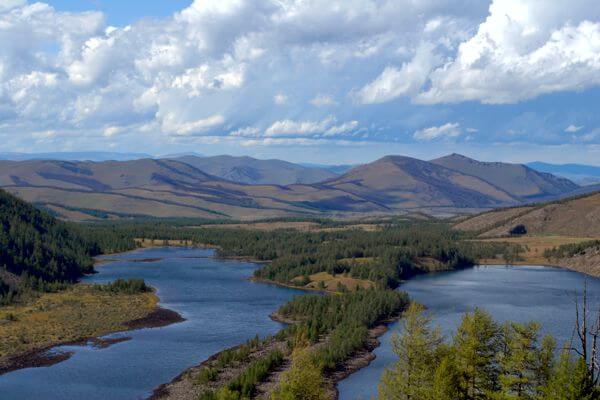
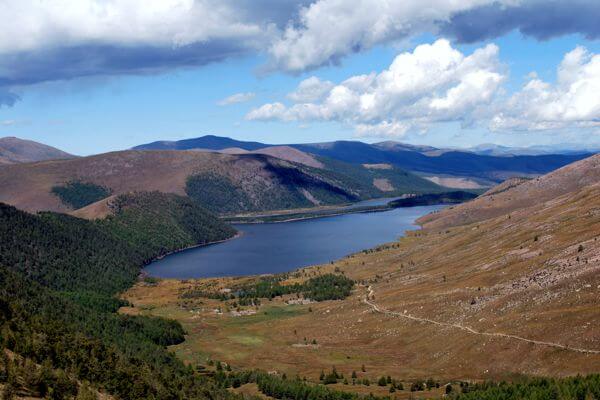
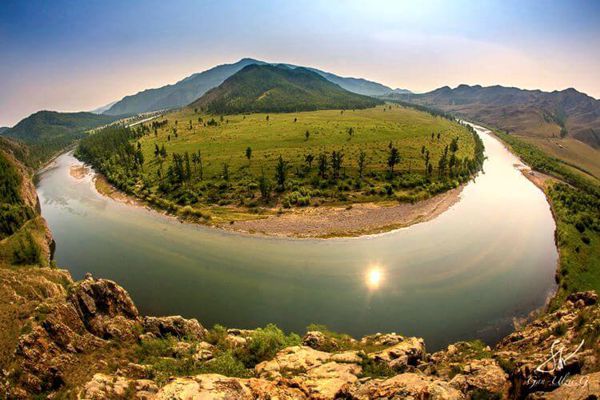

We will depart from our campsite in our jeeps and travel to Tovkhon Monastery, which was established in the 1650s by Zanabazar, one of Mongolia’s most revered religious leaders. The wooden structures of the monastery are combined with a natural system of caves perched near a hilltop with a stunning view of the Orkhon Valley and surrounding pine forests. A hill is formed on the top of the cliff by a pile of stones used to worship a mountain god. It’s known as Ovoo.
We’ll continue traveling westward, towards the Khangai Mountains. The Khangai Mountain divides the arid Gobi Desert area of southern Mongolia from the lush rolling hills of northern Mongolia. The northern side of the mountain, with its numerous small rivers fed by melting snow, provides a lush, fertile environment for many nomads.
The Khangai Mountains are 2500-3000 meters above sea level and are largely made up of Palaeozoic period granite, intrusive chert, and sandstone. The Khangai Mountains stretch for about 800 kilometers from Zavkhan province to Tuv province. They act as the world’s water system’s continental divide.
We will reach Tsenkher hot spring resort in the afternoon. This resort has a large open-air pool at its customer’s disposal. The hot water of the pool flows continuously in from the hot water spring. In the spring, the temperature of the water is over 80 ° C. A complex pipeline system regulates the water temperature. Some will spend hours sitting in the pool talking to their friends while staring at the stars or scanning the nightly nature around them.
(Ger Camp B, L, D)
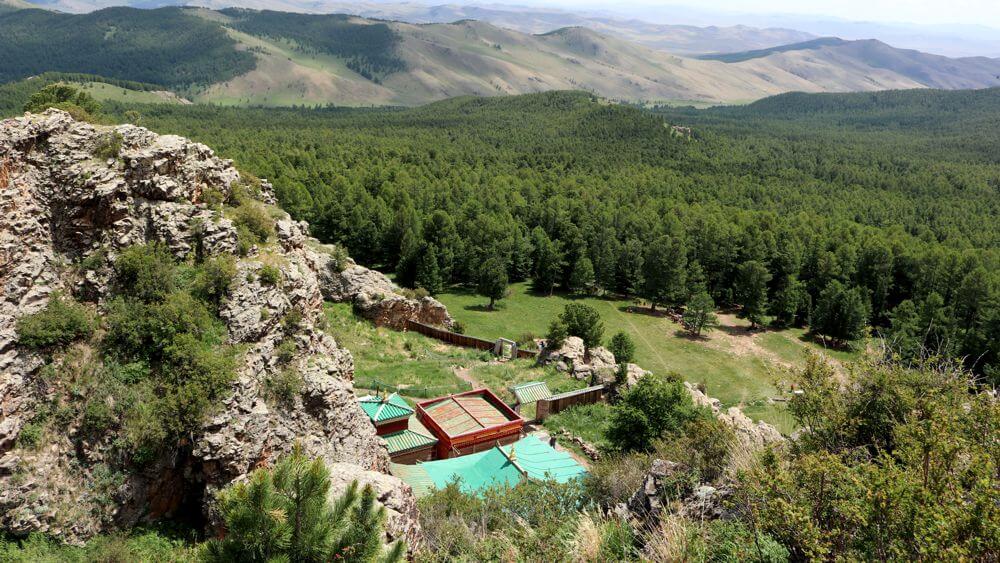
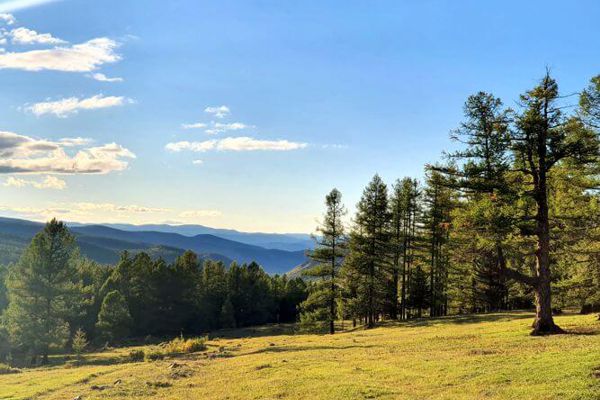

Spend the day relaxing at Tsenkher Hot Springs’ ger camp. Take a trip to the springs and profit from their healing properties. You can go horseback riding and socialize with the locals if you wish.
(Ger camp B, L, D)
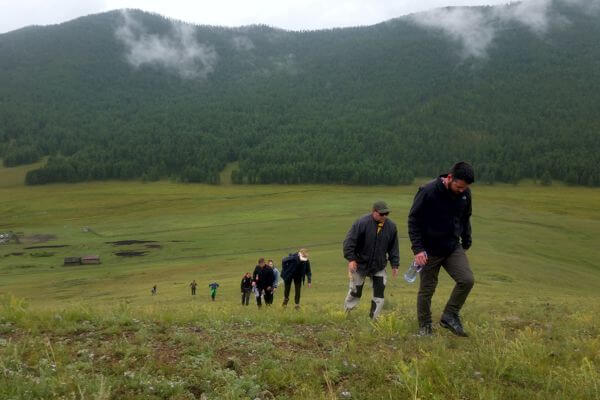

After a good night’s sleep, we’ll travel to the Khogno Khan Mountains. In the open steppes, the Khogno Khan Mountains are an impressive massif. The Elsen Tasarkhai Sand Dune is a 100-kilometer-long sand dune not far from here.
End the afternoon with a hike in the Khogno Khan Mountains, where we can walk up the mountain and take in the breathtaking views of the plains, sand dunes, and grasslands. We’ll also pay a visit to the charming Ovgon Monastery.
(Ger Camp B, L, D)
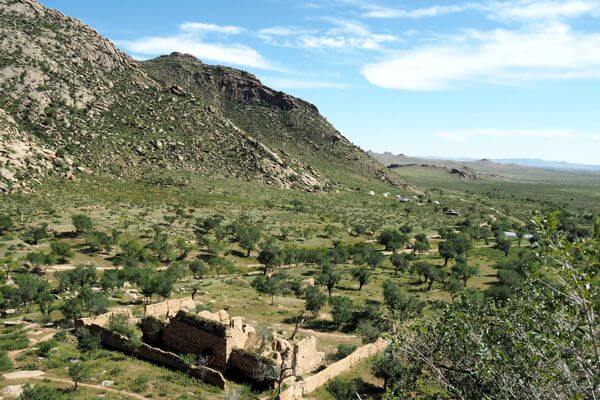

The time has come to leave this beautiful place and drive back to Ulaanbaatar, Mongolia’s capital. You can use your free afternoon to see as you fit. You could always go see lovely cultural exhibitions and admire the contortionists while watching colorful and rhythmic Mongolian dances.
(B, L)
